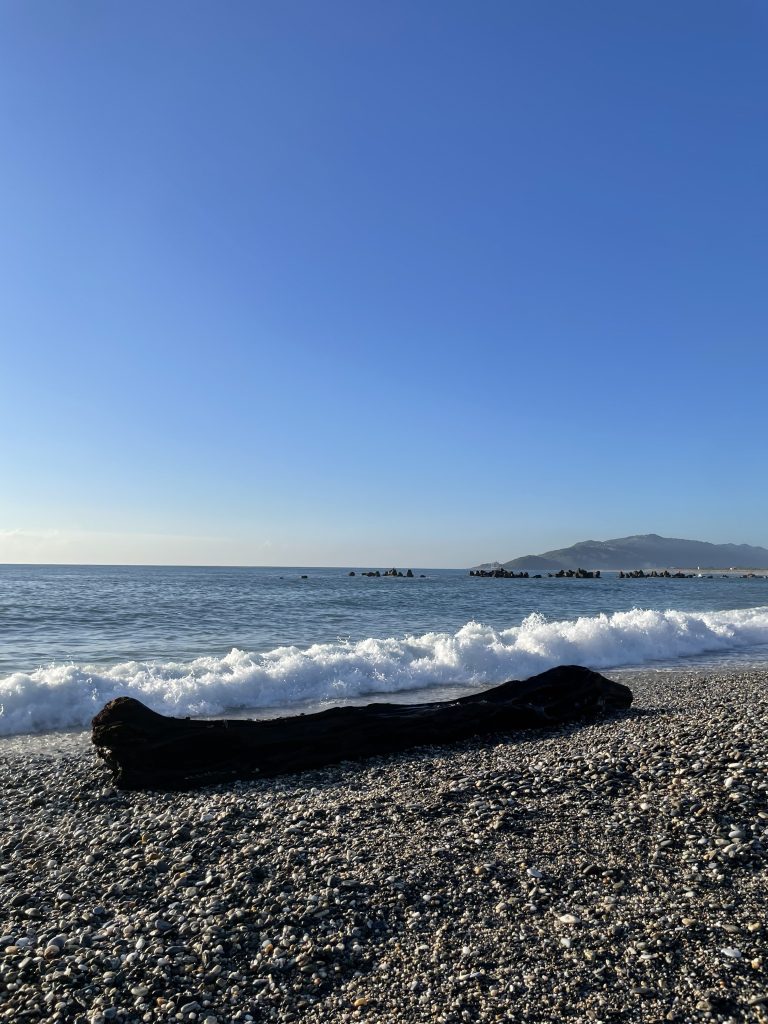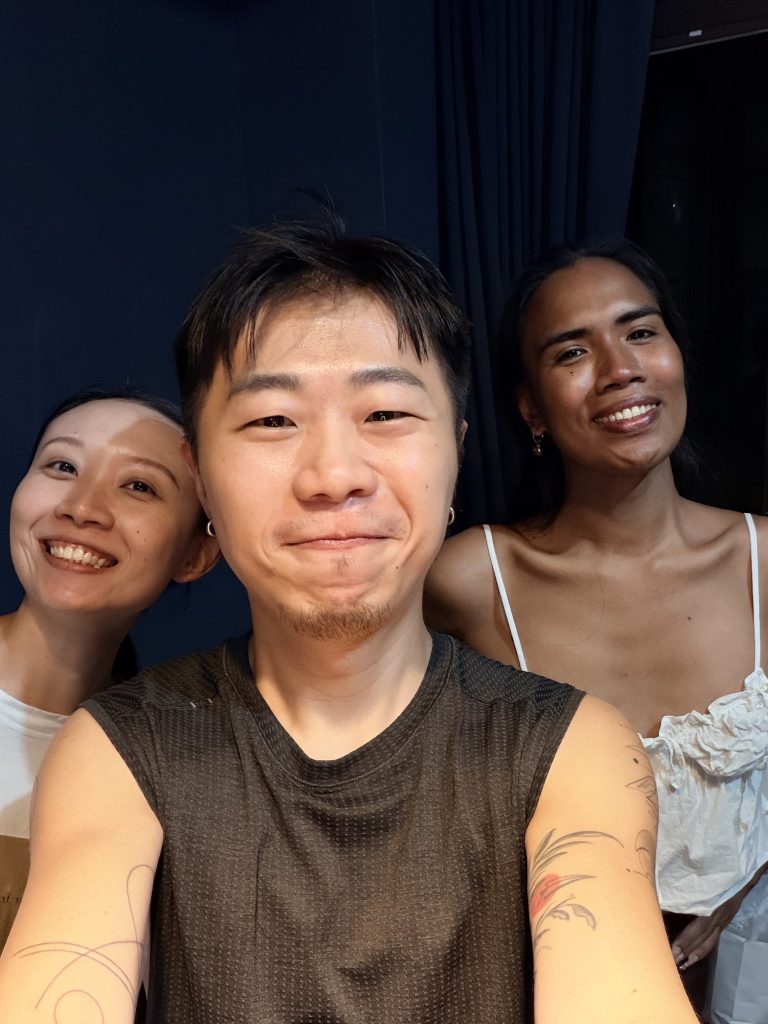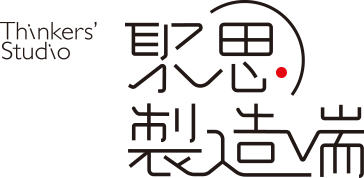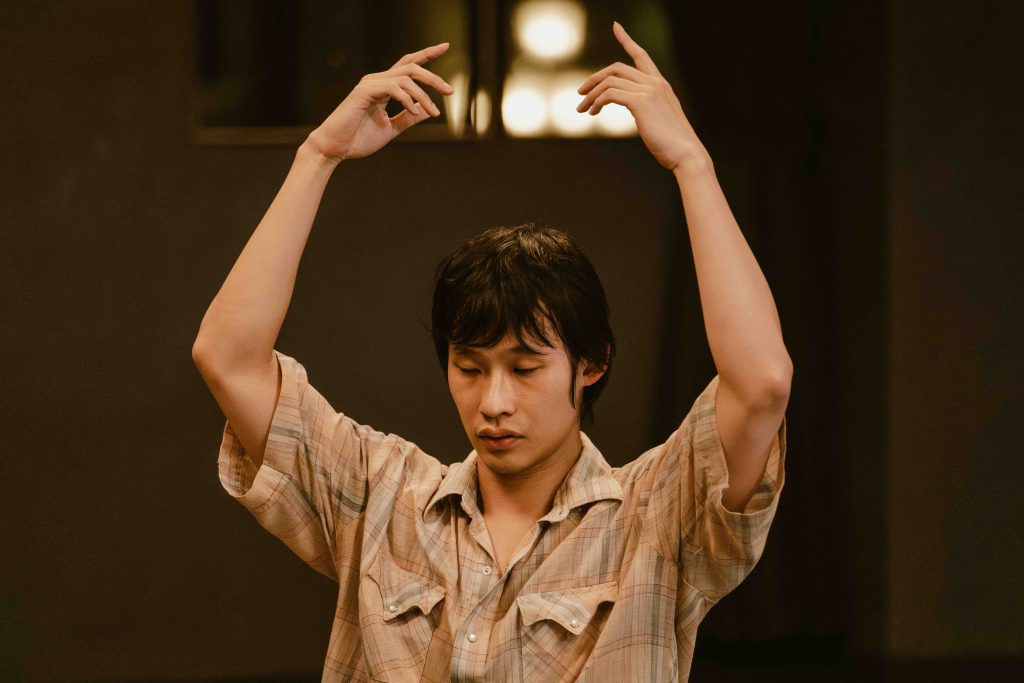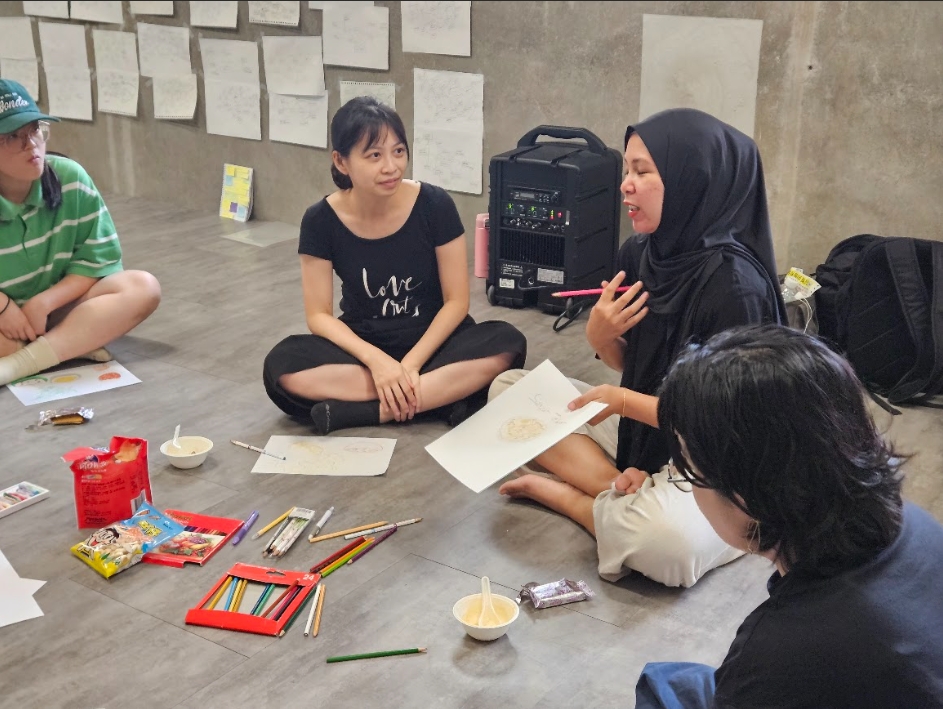Bunny Cadag
HUALIEN ARTIST RESIDENCY REFLECTION
(October 2025, Bunny Cadag x Thinkers’ Studio x Hualien Art)
Spending two weeks in Hualien was both a return and a renewal. The residency offered not just time for research but a deep spiritual and artistic recalibration—a necessary stillness after the intensity of premiering THE SINGER in Frankfurt. Set between mountain and sea, Hualien became a quiet interlocutor: its rhythm of calm, non-English-speaking locals, and coastal horizon offered the conditions to think slowly, to listen, and to reimagine my next artistic direction.
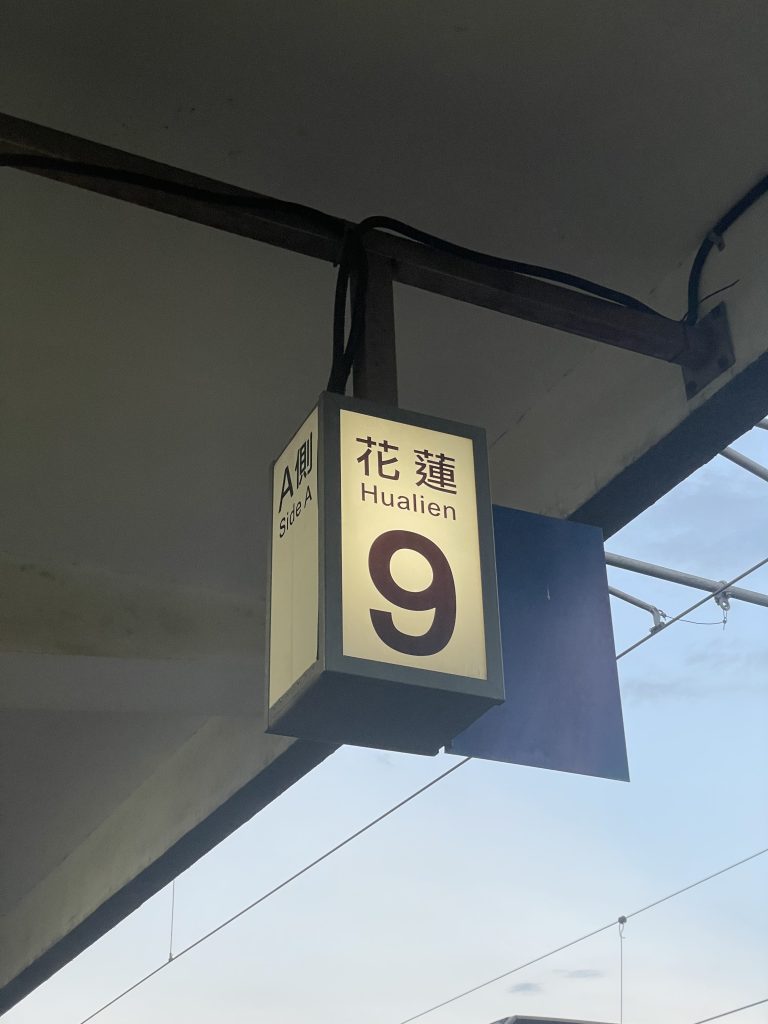
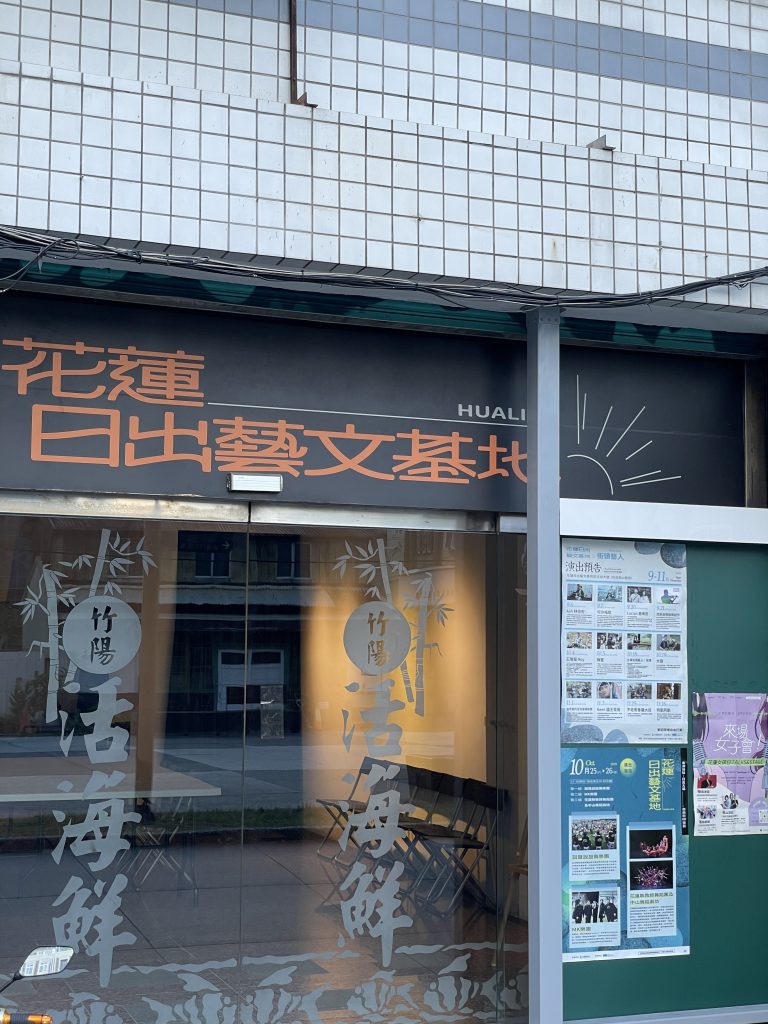
My work during the residency centered on Muñeca, a new performance research tracing trans sex work as a site of power, intimacy, and play. Muñeca continues the philosophical and corporeal trajectory of THE SINGER, where the trans feminine body, once imagined as the new Eve, now enters a different mythology—the doll or maiden who performs desire, labor, and survival. Here, I explored how trans women are seen as “dolls”—objects of endearment, fantasy, and control—yet also agents who reclaim gaze and narrative. Through both theoretical reflection and embodied practice, I engaged with ideas of ports of flesh, ports of desire, and confession-port-livestreams as metaphors for digital and affective economies of intimacy.
Encounters throughout the residency expanded these inquiries. Conversations with Babydilf (a Filipina trans sex worker based in Australia) deepened my understanding of the ethics and spirituality of sex work—its cultures of respect, power, and empathy, as well as its resistance to fetishization and moral policing. Our dialogue affirmed sex as a form of generosity and self-determination, where desire is simultaneously labor and play.
My return to the sea in Hualien became a meditative act—a choreography of “erotic waiting.” Watching fishermen cast their lines while the waves touched my feet evoked the tension between yearning and patience, desire and distance. Such gestures informed my reflections on Muñeca’s performative language, where the trans body negotiates intimacy as both offering and withholding.
Field experiments also emerged digitally through the creation of @elamuneca, an Instagram platform for testing performance in virtual space. This became a research tool for examining power dynamics between performer and follower, and for developing composite characters inspired by trans sex work. Themes such as the girlfriend experience and empty sex guided these explorations, questioning emotional authenticity and transactional affection in digital economies.
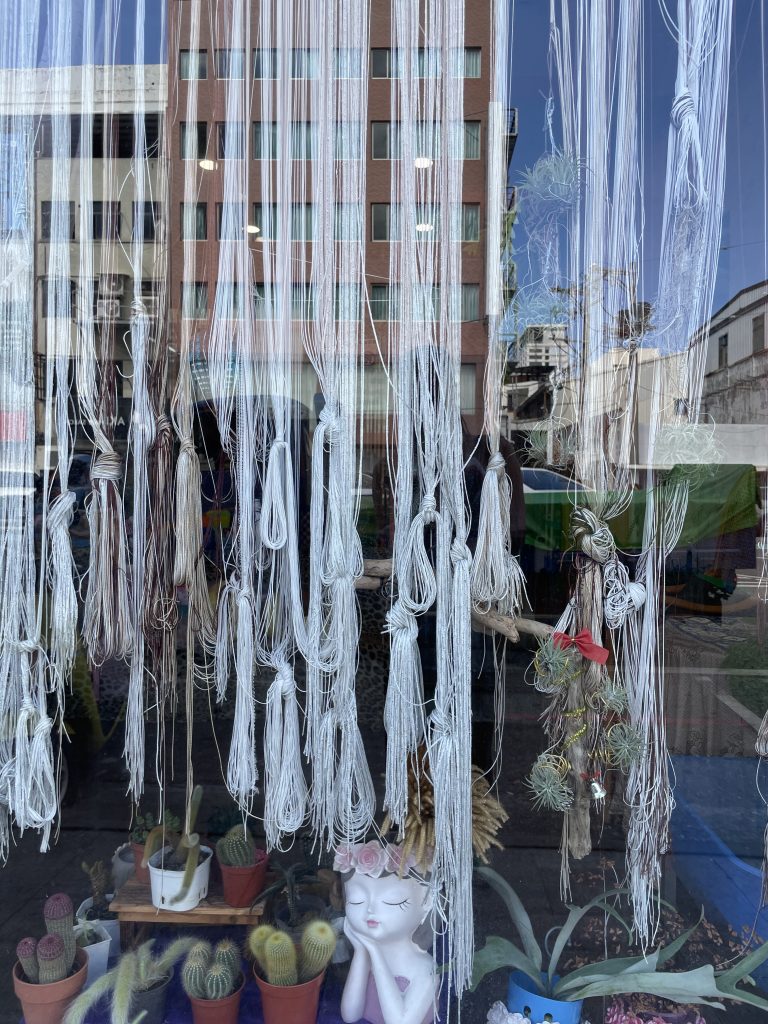
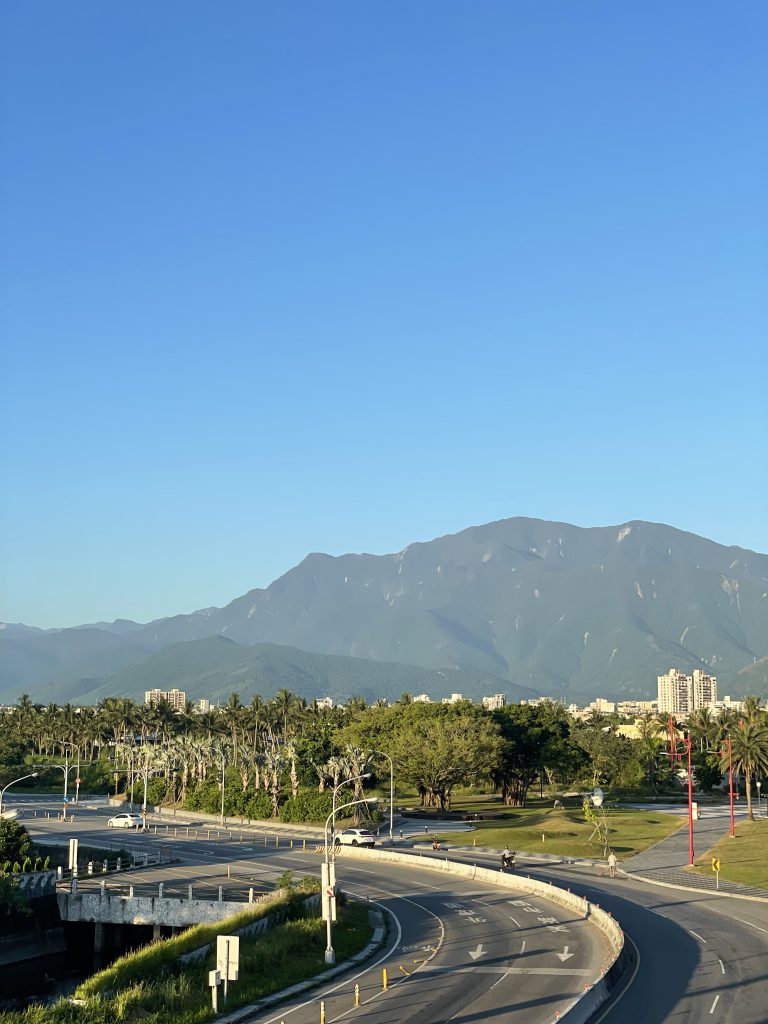
Parallel to this, I revisited earlier research from my 2019 ADAM Artist Lab in Taipei, where I studied intersections between indigenous and drag cultures and met Rosemary Besu, an indigenous drag artist. Reconnecting with Besu six years later, now a spiritual healer, offered a full-circle reflection on trauma, healing, and sustainable care—how art can
hold, not glorify, pain.
Workshops in dollmaking and movement further opened spaces for collective participation. Participants described their dolls as ghosts, dreams, cats, and flying selves—revealing how the act of making becomes an act of witnessing. When someone felt fear toward the non-human form of the dolls, I reflected on how we were conditioned to love only dolls that resemble us—Barbie dolls with human features, confined in dollhouses. What, then, of the dolls made from scraps, faceless yet full of spirit? Do they not also deserve care, gentleness, and life? As a trans woman, I recognize in these dolls a metaphor for marginalized existence—our right to be seen, to move, to sing, even when the world deems us unrecognizable.
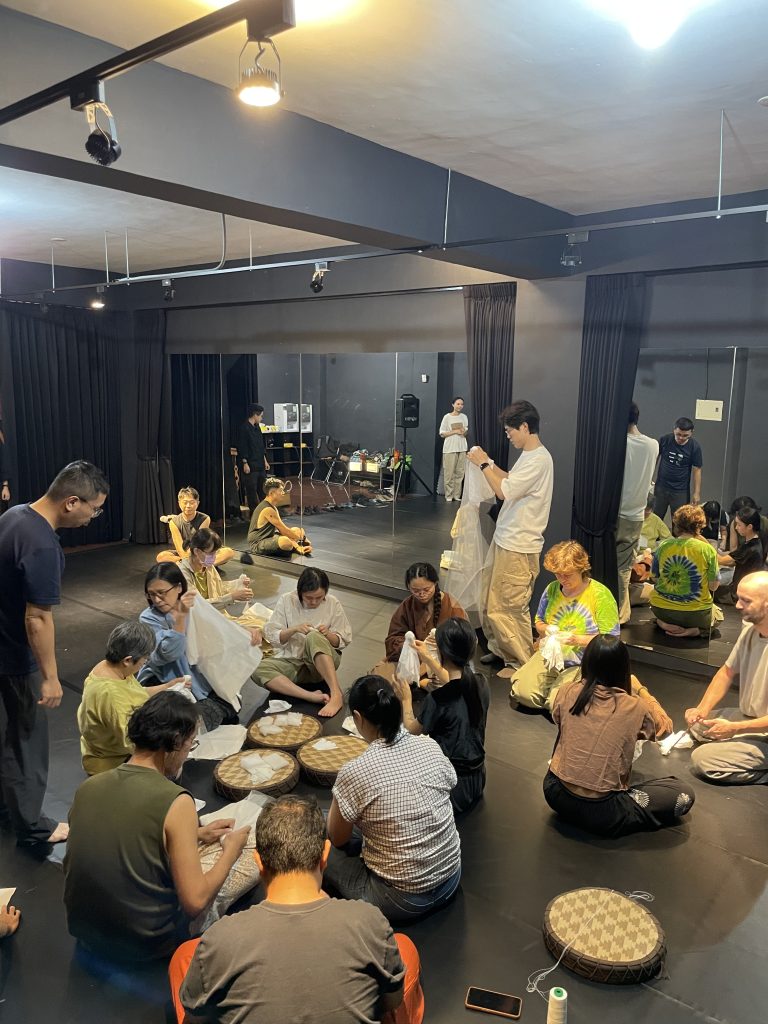
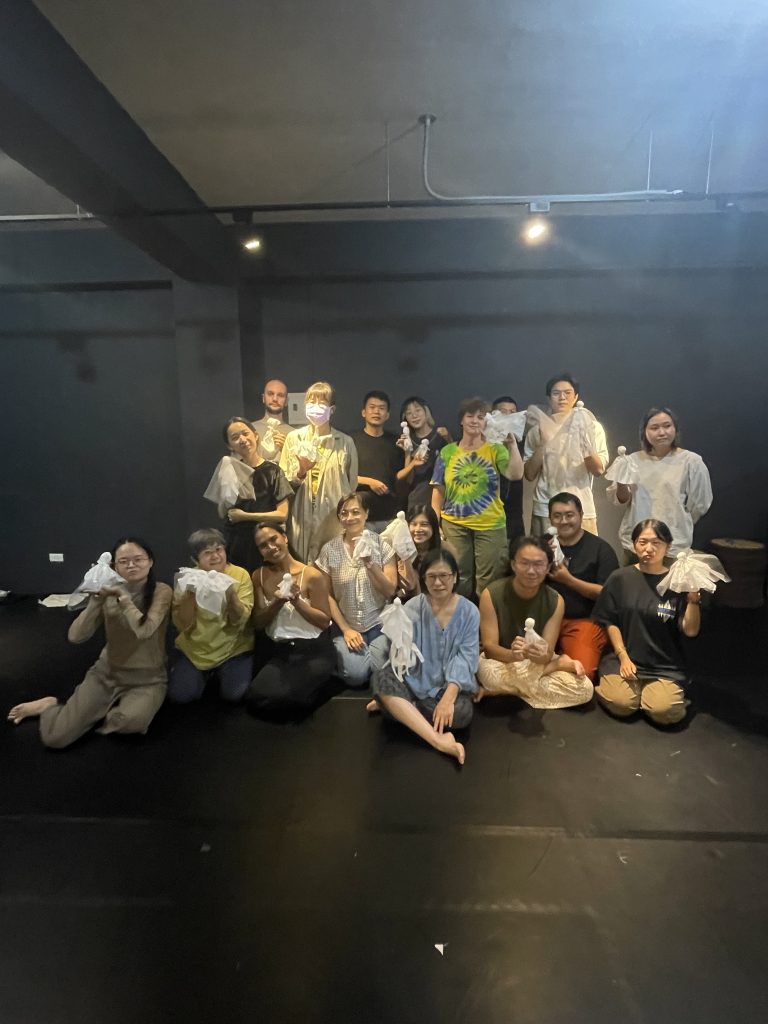
My research also touched on historical and political contexts—searching for traces of trans sex work in Taiwan and the Philippines, uncovering erasures in narratives such as the comfort women system, and revisiting the writings of Naomi Fontanos, whose words remind us: “Transgender people who are murdered in the Philippines do not only die once.” These reflections reasserted the urgency of trans visibility, justice, and historical inclusion.
Ultimately, my time in Hualien synthesized thought, feeling, and faith. I leave with gratitude—to Thinkers’ Studio, Hualien Art, Lin, Ya-Yun, Yi-Kai, and everyone who made this journey possible. This residency reminded me that growth happens in quietness, that artistic clarity comes not from control but from trust. I carry with me Hualien’s rhythm of humility and surrender—the reminder that creation, like the sea, arrives in waves: steady, powerful, and in its own perfect timing.
